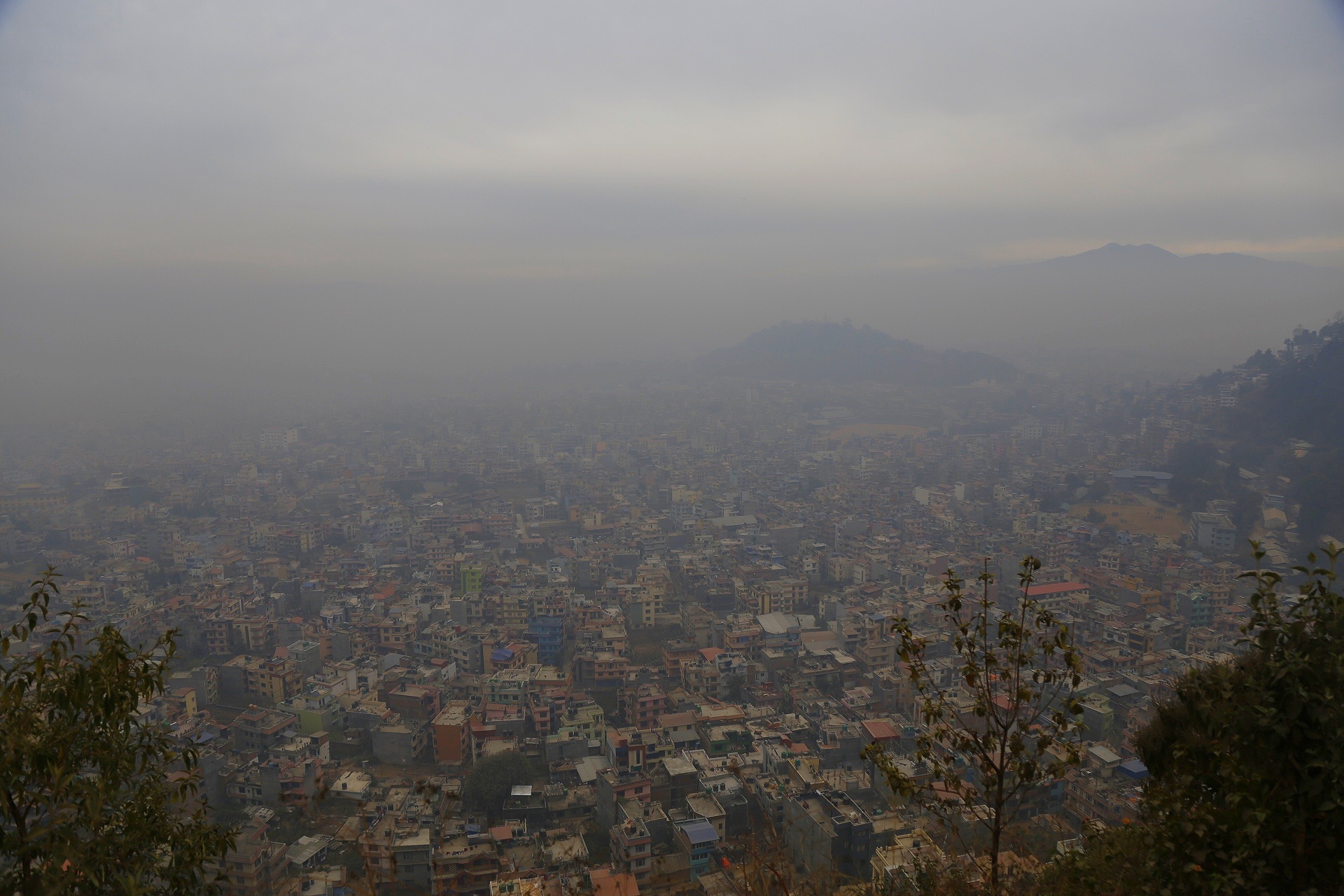White Stadium Development Plan: A Conflict with Sustainable Development Goals
Report on Community and Legislative Opposition to MBTA Involvement
A proposal for the Massachusetts Bay Transportation Authority (MBTA) to facilitate spectator transport to the renovated White Stadium has drawn significant criticism from community members and state legislators. The opposition contends that the plan directly conflicts with several key United Nations Sustainable Development Goals (SDGs), particularly those concerning sustainable cities, social equity, public health, and institutional accountability.
Analysis of Key Sustainability Concerns
SDG 11: Sustainable Cities and Communities
The project’s current trajectory raises critical questions about its contribution to creating a sustainable and inclusive urban environment. Stakeholder concerns align with several targets under SDG 11.
- Target 11.2 (Sustainable Transport): The plan to use MBTA bus lanes for approximately 100 private shuttle trips on event days is projected to degrade, rather than enhance, public transportation. Critics, including traffic engineer Bill Lyons, argue that MBTA buses will be caught in the resulting gridlock, delaying thousands of regular commuters and undermining the efficiency of the existing public transit system.
- Target 11.3 (Inclusive and Sustainable Urbanization): Legislators and residents have demanded a formal public process and environmental review, which has not yet occurred. This lack of participatory and integrated planning is a direct challenge to the principles of sustainable urban development.
- Target 11.6 (Environmental Impact): The anticipated increase in traffic congestion is expected to worsen local air and noise pollution, increasing the adverse per capita environmental impact of the city.
- Target 11.7 (Access to Public Spaces): The stadium’s location within Franklin Park, a major public green space, means that transportation gridlock could effectively trap residents in their homes and limit community access to the park, contrary to the goal of ensuring universal access to green and public spaces.
SDG 10: Reduced Inequalities & Environmental Justice
A primary objection is the project’s potential to exacerbate existing inequalities, a core concern of SDG 10.
- State Sen. Nick Collins highlighted that the proposal would have “significant impacts on the environmental justice community,” which would bear the brunt of increased traffic, pollution, and disruption.
- State Rep. Chynah Tyler, a local resident, noted the existing traffic challenges, stating the new volume is of “great concern” and will disproportionately affect those living in the immediate vicinity.
- The proposal is viewed as prioritizing a private commercial enterprise over the well-being and mobility of the surrounding residential communities, thereby deepening social and environmental inequity.
SDG 3: Good Health and Well-being
The transportation plan, as described by opponents, poses direct risks to public health and safety.
- Increased traffic gridlock contributes to higher levels of air pollution from idling vehicles, which is linked to respiratory illnesses.
- Transportation planner Bill Lyons warned that the “transportation gridlock” will “create unnecessary safety risks for neighborhood residents.”
SDG 16: Peace, Justice, and Strong Institutions
The call for adherence to established legal and regulatory frameworks underscores a demand for accountable and transparent governance, as outlined in SDG 16.
- Stakeholders are formally requesting that the MBTA and the state conduct a Massachusetts Environmental Policy Act (MEPA) review, a standard procedure for large-scale projects that has been bypassed.
- This demand for a “neutral, fact-based transportation analysis” reflects a call for institutional accountability and adherence to the rule of law to ensure decisions are made transparently and in the public’s best interest.
- Concerns were also raised regarding potential violations of the Taxpayer Protection Act, pointing to a need for greater fiscal transparency and responsible management of public assets and funds, especially as project cost estimates have reportedly increased from $10.5 million to a potential “worst-case scenario” of $172 million for taxpayers.
Summary of Stakeholder Objections Presented to the MBTA Board
Key Arguments Against the Proposal:
- Lack of Environmental Review: The project has not undergone a MEPA review, preventing a formal assessment of its environmental and community impacts.
- Exacerbation of Traffic Congestion: Adding up to 11,000 event-goers via private shuttles is expected to create “transportation gridlock,” turning local streets into a “parking lot.”
- Negative Impact on Public Transit: Existing MBTA bus services will be impeded, negatively affecting thousands of daily riders who rely on the system.
- Environmental Justice Violations: The burdens of traffic, pollution, and disruption will fall disproportionately on the surrounding communities.
- Flawed Planning Assumptions: The current transportation plan is described by experts as being based on “flawed assumptions” and “wishful thinking.”
1. Which SDGs are addressed or connected to the issues highlighted in the article?
The article highlights issues that are directly connected to several Sustainable Development Goals (SDGs). The primary concerns revolve around urban planning, public transportation, environmental protection, and institutional accountability. The following SDGs are addressed:
- SDG 11: Sustainable Cities and Communities: This is the most prominent SDG in the article. The entire conflict is about a major urban development project (stadium renovation) and its impact on the city’s transportation infrastructure, public spaces (Franklin Park), and the quality of life for residents.
- SDG 16: Peace, Justice and Strong Institutions: The article emphasizes the community’s demand for a transparent and accountable process. Residents and lawmakers are calling for adherence to laws like the “Taxpayer Protection Act” and “environmental justice laws,” and for a proper “public process,” which relates to building effective and inclusive institutions.
- SDG 13: Climate Action: While not the main focus, this goal is relevant through the repeated calls for an “environmental review.” Increased traffic congestion, a major concern in the article, leads to higher greenhouse gas emissions. An environmental impact assessment is a key tool for integrating climate considerations into planning.
- SDG 9: Industry, Innovation and Infrastructure: The article discusses the development and use of infrastructure, including the stadium, bus lanes, and T stations. The debate centers on whether this infrastructure development is sustainable, resilient, and serves the community equitably, or if it prioritizes a private enterprise at the expense of public services.
2. What specific targets under those SDGs can be identified based on the article’s content?
Based on the specific issues raised by residents and officials, several SDG targets can be identified:
SDG 11: Sustainable Cities and Communities
- Target 11.2: “By 2030, provide access to safe, affordable, accessible and sustainable transport systems for all…” The core of the article is the concern that the plan will disrupt the existing public transport system. The prediction that “MBTA buses will be stuck in this traffic, keeping thousands of riders from getting to their destinations on time” directly challenges the goal of providing accessible and sustainable transport for all residents.
- Target 11.3: “By 2030, enhance inclusive and sustainable urbanization and capacity for participatory, integrated and sustainable human settlement planning and management…” The demand from State Sen. Nick Collins to “request that a public process be commenced by the MBTA to examine the environmental impact” is a direct call for the participatory and integrated planning described in this target. The community feels excluded from the decision-making process for a major urban project.
- Target 11.7: “By 2030, provide universal access to safe, inclusive and accessible, green and public spaces…” The project is located in “the middle of Franklin Park,” a public park. The concern that the development will lead to “traffic gridlock and massive disruption for the people who live around Franklin Park” implies that access to this green public space will be severely hindered for local residents.
SDG 16: Peace, Justice and Strong Institutions
- Target 16.6: “Develop effective, accountable and transparent institutions at all levels.” The concern that the MBTA might be “unintentionally signing off on a proposal that has had no environmental review” and may “violate the Taxpayer Protection Act” points to a demand for greater accountability and transparency from the MBTA as a public institution. The ballooning project cost, from a projected “$10.5 million” to a potential “$172 million” for taxpayers, also raises questions about fiscal accountability.
- Target 16.7: “Ensure responsive, inclusive, participatory and representative decision-making at all levels.” The entire protest described in the article, involving residents, a state senator, and a state representative speaking to the MBTA board, is an effort to achieve this target. The complaint is that the plan was developed without consulting the “environmental justice community” and that residents’ concerns about traffic and quality of life are being ignored.
SDG 13: Climate Action
- Target 13.2: “Integrate climate change measures into national policies, strategies and planning.” The call to conduct the “normal Massachusetts Environmental Policy Act review” is a direct example of attempting to integrate environmental (and thus climate) considerations into project planning. Failing to review the impact of adding “close to a 100 private bus trips” and the resulting traffic congestion ignores the project’s climate impact.
3. Are there any indicators mentioned or implied in the article that can be used to measure progress towards the identified targets?
The article mentions or implies several quantitative and qualitative indicators that can be used to measure progress.
Indicators for SDG 11 Targets
- Travel Time and Congestion (Target 11.2): An implied indicator is the daily travel time for residents. A resident is quoted saying it already “takes me a long time to get off of my street,” and the project is expected to make it worse. A traffic engineer predicts “transportation gridlock” and that streets “will turn into a parking lot.” Measuring changes in travel times and congestion levels would be a direct indicator.
- Number of Additional Vehicles (Target 11.2): The article provides a specific number: “Close to a 100 private bus trips would be required on game and concert days.” This is a direct, measurable indicator of the additional transportation burden on the infrastructure.
- Public Participation in Planning (Target 11.3): An implied indicator is the existence of formal public review processes. The article notes that a state-level environmental review, which “every large private development project in Boston normally undergoes,” has “not happened in this instance.” The implementation of such a review would be a key indicator of progress.
Indicators for SDG 16 Targets
- Adherence to Legal and Regulatory Processes (Target 16.6 & 16.7): A key indicator is whether the project undergoes the required reviews. The demand for compliance with the “Taxpayer Protection Act” and the “Massachusetts Environmental Policy Act review” serves as a measurable benchmark for institutional accountability and inclusive decision-making.
- Project Cost Overruns (Target 16.6): The article provides concrete financial figures that serve as an indicator of fiscal accountability. The cost has “ballooned to about $91 million” from an initial “$10.5 million,” with a potential worst-case taxpayer share of “$172 million.” Tracking the final cost against the budget is a clear indicator.
Indicators for SDG 13 Targets
- Completion of Environmental Impact Assessments (Target 13.2): The primary indicator mentioned is the completion of an environmental review. The article states there has been “no environmental review up to this point.” Conducting this review would be a measure of integrating environmental concerns into the project’s planning phase.
4. Table of SDGs, Targets, and Indicators
| SDGs | Targets | Indicators Identified in the Article |
|---|---|---|
| SDG 11: Sustainable Cities and Communities | 11.2: Provide access to safe, affordable, accessible and sustainable transport systems for all. |
|
| 11.3: Enhance inclusive and sustainable urbanization and participatory planning. |
|
|
| 11.7: Provide universal access to safe and inclusive green and public spaces. |
|
|
| SDG 16: Peace, Justice and Strong Institutions | 16.6: Develop effective, accountable and transparent institutions. |
|
| 16.7: Ensure responsive, inclusive, and participatory decision-making. |
|
|
| SDG 13: Climate Action | 13.2: Integrate climate change measures into policies and planning. |
|
Source: bostonherald.com







